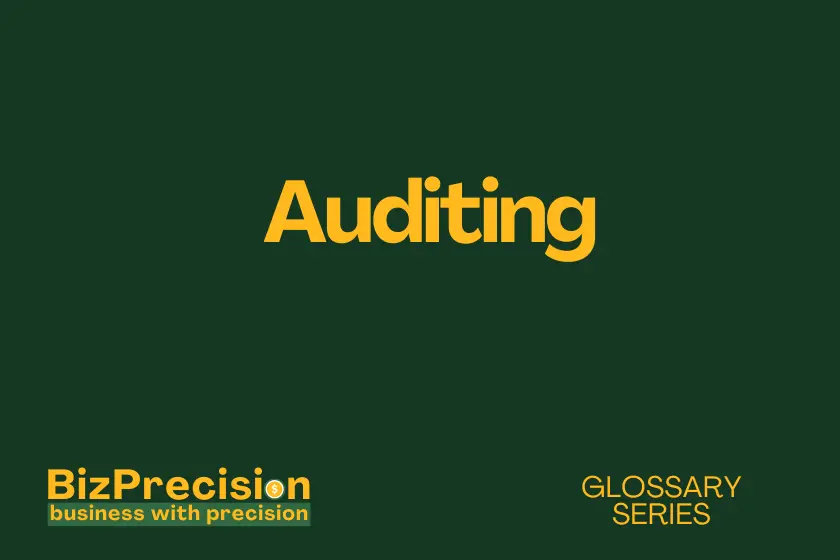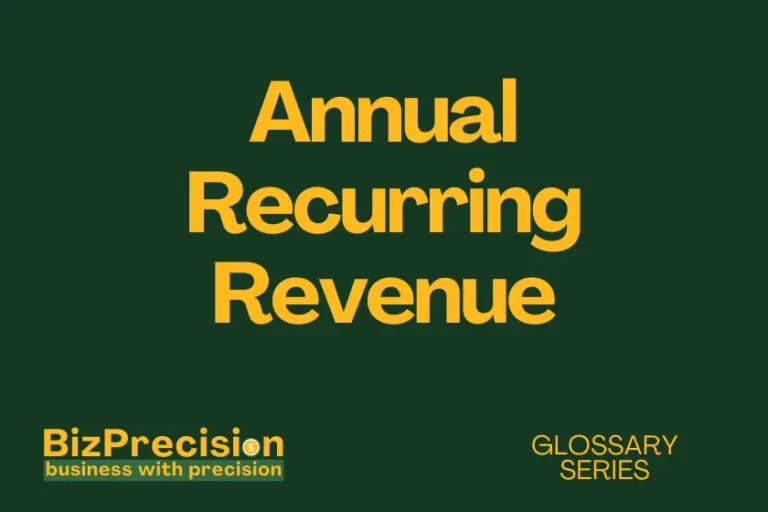What is Auditing?
Auditing is a systematic review of financial records, business processes, and operations to verify accuracy and ensure compliance with standards.
Auditing plays a vital role in modern business operations. It helps companies maintain transparency and build trust with stakeholders. According to a 2023 PwC Global Economic Crime Survey, organizations with robust audit programs detected 50% more fraud cases than those without such programs. This highlights why understanding auditing is crucial for business success.
Understanding Business Audits
Types of Business Audits
Different audit types serve various business needs. Let’s explore the main categories:
- Financial Audits: These examine financial statements and records. A financial audit ensures your company’s financial reports are accurate and trustworthy. The auditor reviews transactions, bank statements, and accounting practices to verify the numbers match reality.
- Operational Audits: These focus on business processes and efficiency. An operational audit looks at how well your company runs day-to-day tasks. The goal is to find ways to work smarter and save money while maintaining quality.
- Compliance Audits: These check if you follow rules and regulations. A compliance audit makes sure your business meets all legal requirements. This helps avoid fines and legal problems that could hurt your business.
- IT Audits: These review technology systems and security measures. An IT audit checks if your computer systems are safe and working well. It helps protect sensitive data and ensures your tech tools support business goals.
- Environmental Audits: These assess environmental impact and compliance. An environmental audit looks at how your business affects the environment. It helps you meet green standards and find ways to reduce waste.
Key Components of an Audit
A successful audit includes several essential elements:
- Planning and Risk Assessment: This first step sets the course for the audit. The audit team identifies areas that need the most attention. They look at past problems and current risks to make a smart plan.
- Evidence Collection: Auditors gather proof to support their findings. They collect documents, watch work processes, and talk to employees. This creates a clear picture of how things really work.
- Analysis and Evaluation: The audit team reviews all gathered evidence. They compare current practices with standards and best practices. This helps them spot problems and suggest fixes.
- Reporting and Recommendations: The final step delivers clear findings and next steps. The audit report explains what works well and what needs improvement. It includes specific steps to fix any problems found.
Audit Standards and Frameworks
Professional audits follow established guidelines:
- Generally Accepted Auditing Standards (GAAS): These rules ensure quality audits. GAAS provides clear steps for planning, conducting, and reporting audit findings. Following these standards helps maintain trust in audit results.
- International Standards on Auditing (ISA): These rules work across borders. ISAs help companies that do business in different countries. They ensure audits meet global quality standards.
- Industry-Specific Guidelines: Different industries have unique audit needs. Healthcare companies follow HIPAA rules, while banks follow banking regulations. These specific guidelines ensure thorough coverage of industry risks.
The Auditing Process
Pre-Audit Preparation
Good preparation leads to better audit results:
- Defining Scope and Objectives: Set clear goals for the audit. The audit team needs to know what to examine and why. This focus helps deliver useful results that match business needs.
- Selecting Audit Team: Choose the right people for the job. Team members should have the right skills and experience. A good team delivers more valuable insights and recommendations.
- Gathering Initial Documentation: Collect key documents before starting. Having the right papers ready saves time and effort. It helps auditors start their work quickly and effectively.
Audit Execution
The main audit work happens in several steps:
- Field Work and Testing: Auditors examine actual business operations. They watch how work gets done and test key processes. This hands-on approach reveals how things really work.
- Internal Control Assessment: Review systems that prevent problems. Good controls help stop errors and fraud before they happen. The audit checks if these controls work well.
- Documentation Review: Look closely at business records and files. Auditors check if paperwork matches actual practice. This helps spot gaps between written rules and real actions.
- Interviews and Observations: Talk to employees and watch them work. These conversations reveal how well people understand their jobs. Direct observation shows if people follow proper procedures.
Post-Audit Activities
The audit doesn’t end with the final report:
- Report Writing: Create clear, actionable findings. The report should be easy to understand and use. It explains problems found and suggests specific fixes.
- Management Response: Leaders must address audit findings. They need to say how they’ll fix any problems found. This response shows commitment to improvement.
- Follow-up Procedures: Check if changes actually happen. The audit team tracks progress on fixing problems. This ensures the audit leads to real improvements.
Benefits and Applications
Risk Management
Audits help control various business risks:
- Identifying Financial Risks: Spot money-related problems early. Regular audits can find errors before they grow bigger. This helps protect your company’s financial health.
- Operational Risk Assessment: Find weak spots in how work gets done. Audits reveal process problems that could hurt efficiency. Fixing these issues helps work flow better.
- Compliance Risk Mitigation: Stay within legal and regulatory rules. Audits help catch compliance problems early. This prevents fines and legal troubles.
Performance Improvement
Audits drive better business results:
- Process Optimization: Find better ways to get work done. Audits often reveal chances to work smarter. Small improvements can lead to big savings.
- Cost Reduction: Identify ways to save money. Audits help find waste and unnecessary expenses. These savings go straight to the bottom line.
- Efficiency Enhancement: Make work faster and easier. Audits show where processes slow things down. Fixing these bottlenecks helps everyone work better.
Stakeholder Confidence
Good audits build trust with important groups:
- Investor Relations: Keep investors informed and confident. Regular audits show you run the business well. This helps attract and keep investors.
- Regulatory Compliance: Show you follow all the rules. Good audit results prove you take compliance seriously. This builds trust with regulators.
- Corporate Governance: Demonstrate good business management. Strong audit practices show responsible leadership. This matters to everyone who deals with your company.
Conclusion
Auditing serves as a crucial tool for business success. It helps find problems, reduce risks, and improve operations. Regular audits build trust and drive improvement across your organization.
Start by choosing the right type of audit for your needs. Create a clear plan and follow proper standards. Remember that good audits lead to better business results.
Take action now to strengthen your audit program. Consider scheduling a review of your current audit practices. This small step can lead to big improvements in your business operations.







